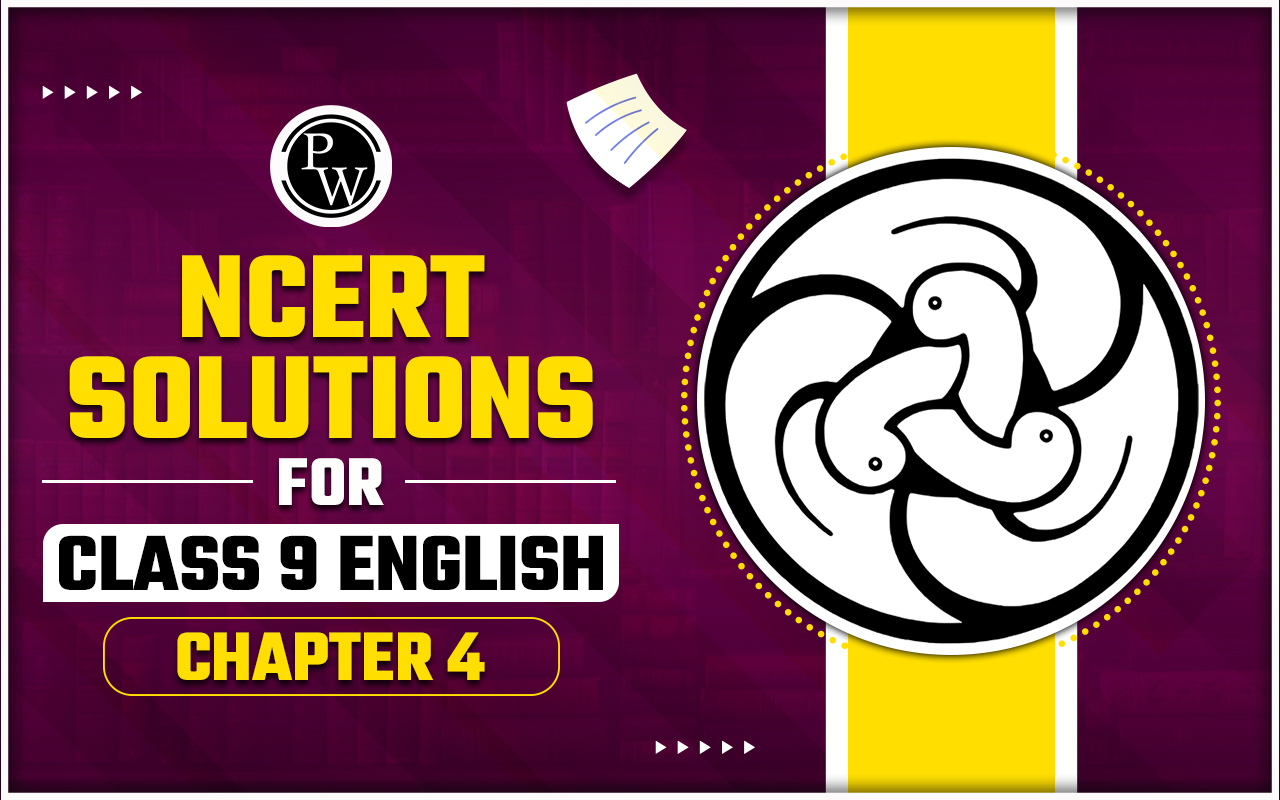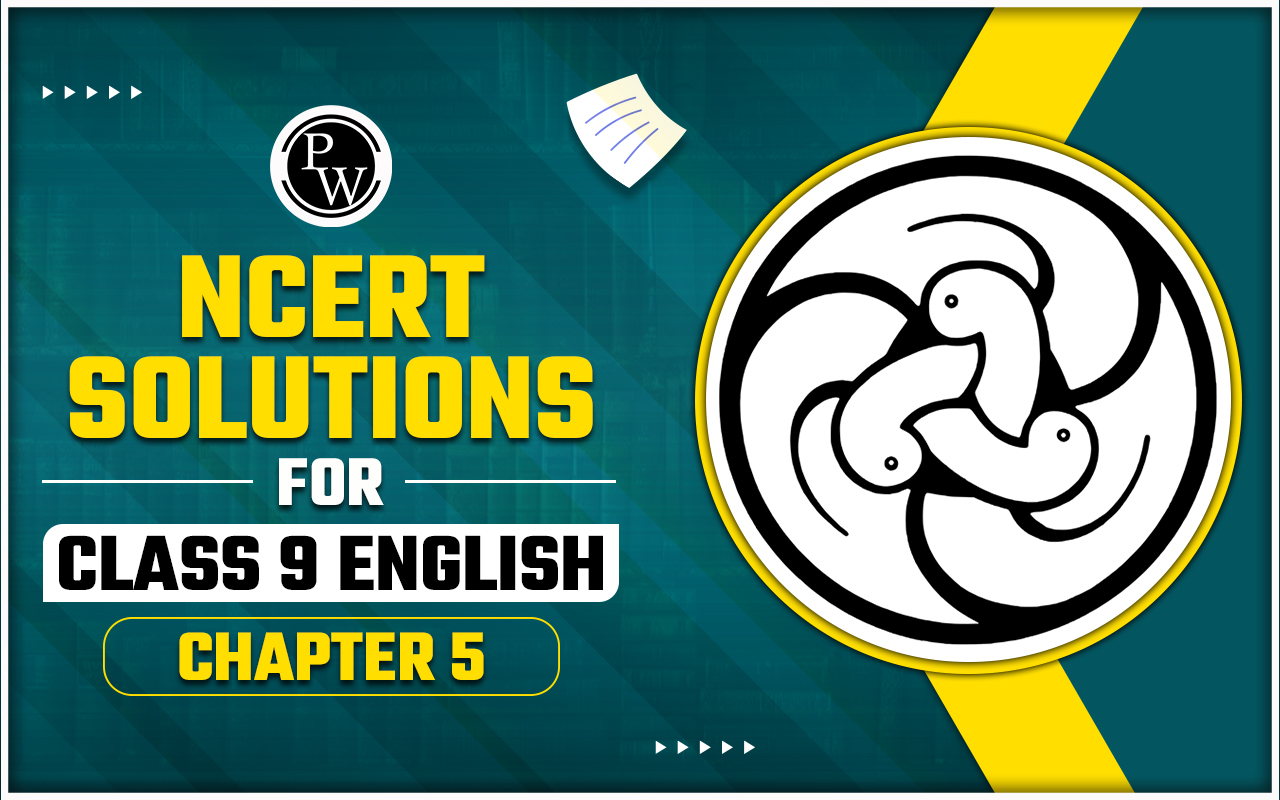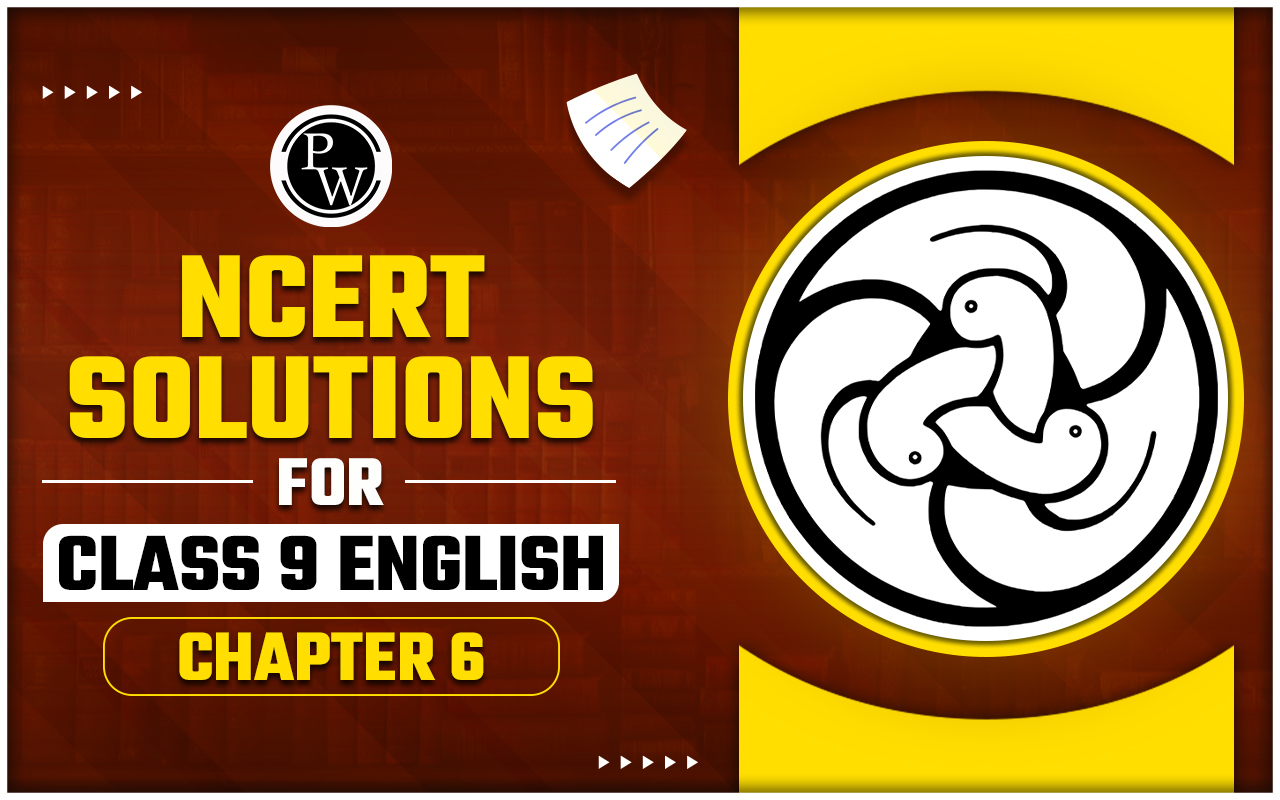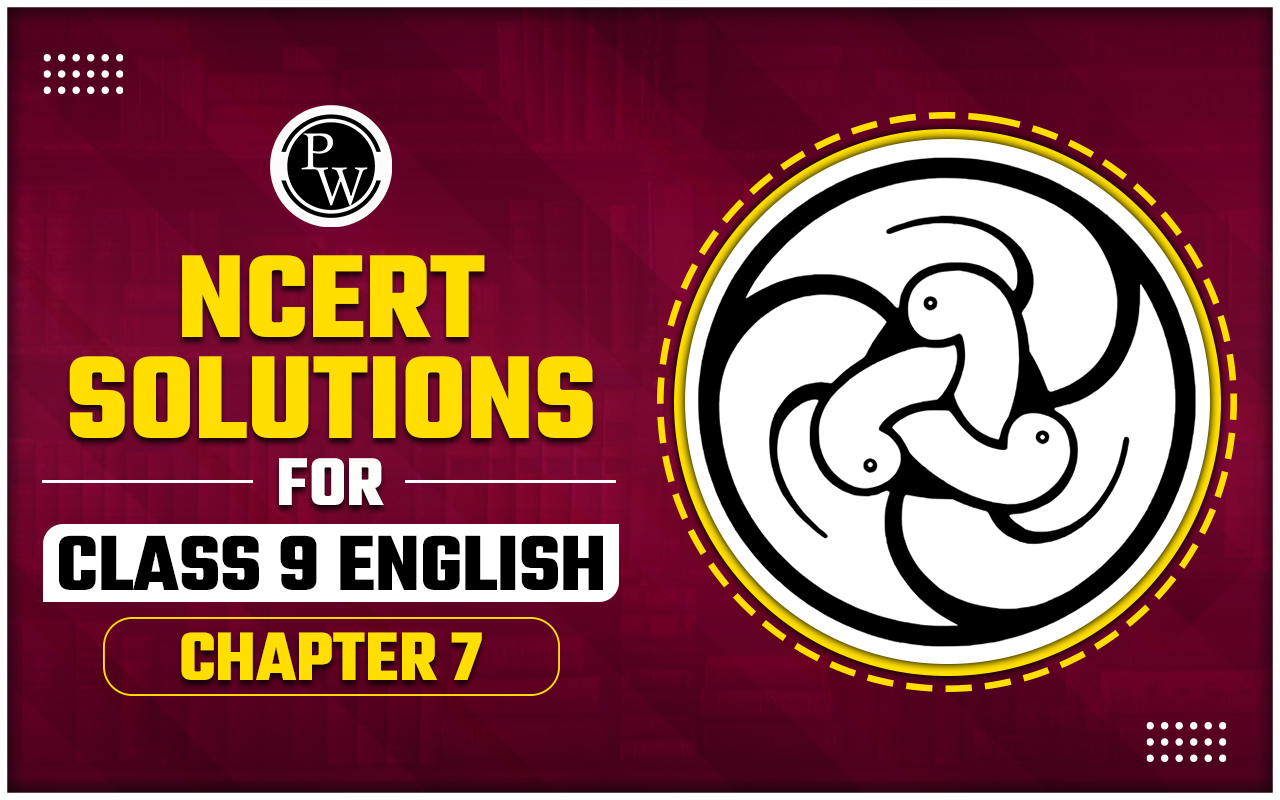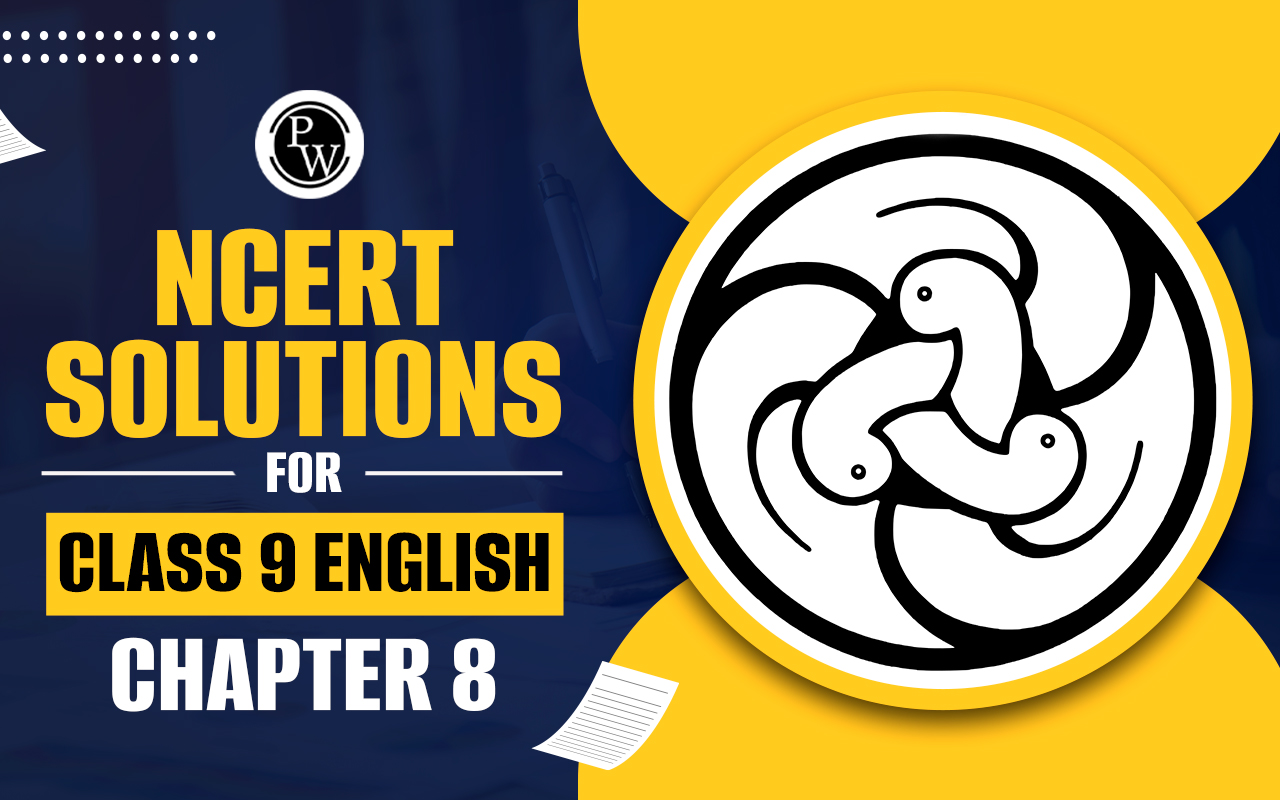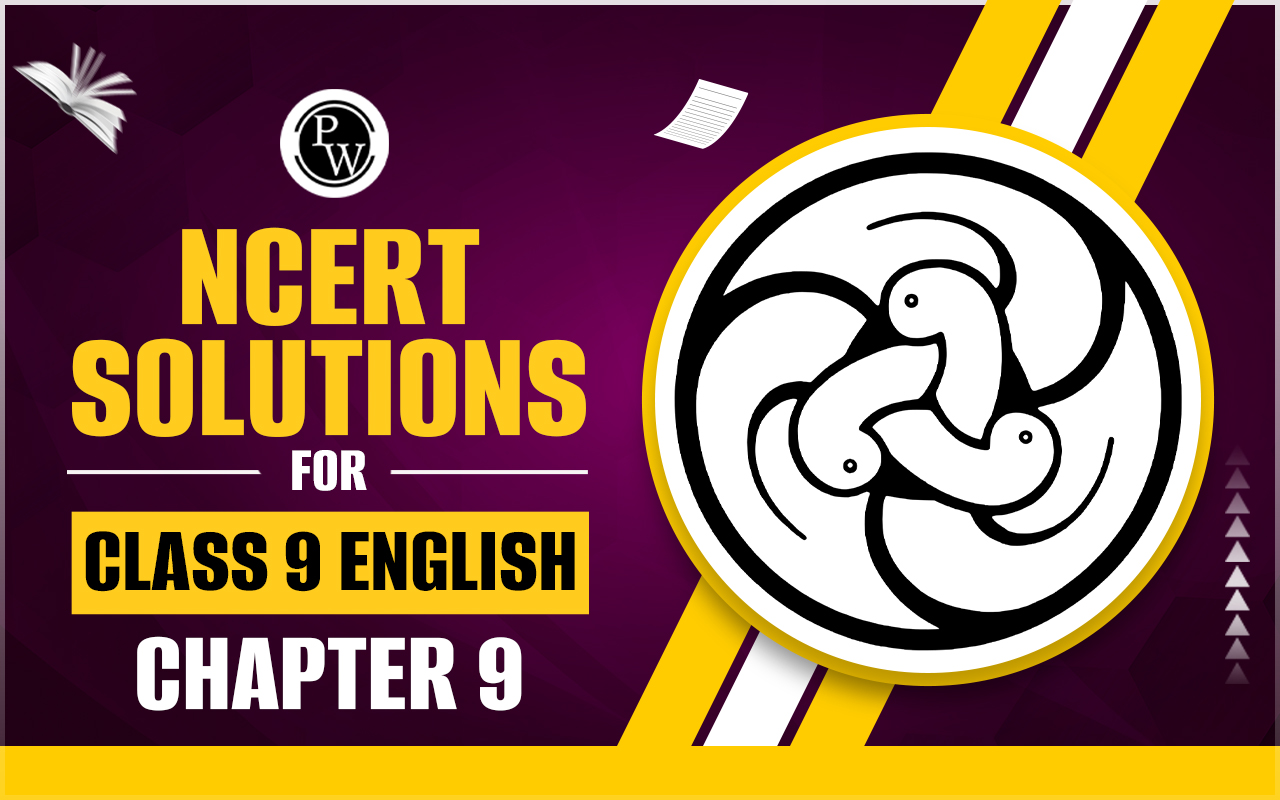
NCERT Solutions for Class 9 Geography Chapter 7: Class 9 students aiming for excellent marks in their exams should refer to the MSBSHSE Class 9 Social Science Geography solutions Chapter 7. These solutions are explained in a straightforward and easy-to-understand language.
Created by our subject expert, MSBSHSE Class 9 Geography solutions provide a clear understanding of the concepts covered in the chapter. By referring to these solutions, students can grasp the correct approach to answering questions effectively.NCERT Solutions for Class 9 Geography Chapter International Date Line 7 PDF
Our team of experts at Physics Wallah has created solutions for NCERT Solutions for Class 9 Geography Chapter 7 aimed at assisting students in learning and practicing chapter concepts effectively. These questions are created to simplify explanations, enriching the learning process for students. To access the NCERT Solutions for Class 9 Geography Chapter 7 PDF, you can download it from the link provided below:NCERT Solutions for Class 9 Geography Chapter 7 PDF
NCERT Solutions for Class 9 Geography Chapter 7 International Date Line
Q 1. Two boxes in different hemispheres are given in the following diagram. The IDL passes through both the boxes. In one box, the meridian, day and date is given. Find the day and date for the other box.

Answer:
| IDL | |
| 150 0 W Meridian, Monday 15th August | 150 0 E Meridian, Tuesday, 16th August |
| 80 0 W Meridian, Saturday, 24th December | 170 0 E Meridian, Sunday 25 December |
Q 2. Select the correct option:
(1) While crossing the IDL, a person will have to add one day when travelling from (a) East to West (b) West to East (c) South to North (d) North to South (2) If it is Wednesday 10 a.m. at 150 E meridian, then what will be the time at IDL? (a) Wednesday 6 a.m. (b) Wednesday 9 p.m. (c) Thursday 2 p.m. (d) Thursday 6 p.m. (3) According to the international convention, at which meridian does the day and date change occur? (a) 0 0 (b) 90 0 E (c) 90 0 W (d) 180 0 (4) At which direction of the IDL does a new day start immediately? (a) East (b) West (c) North (d) South (5) IDL brings coordination in which of the following? (a) GPS system (b) Defence departments (c) Transportation schedules (d) Determining the hemisphereAnswer 1: (a) East to West
Answer 2: (b) Wednesday 9 p.m.
Answer 3: (d) 180 0
Answer 4: (a) East
Answer 5: (c) Transportation schedules
Q 3. Give geographical reasons
(1) IDL is proving to be very useful in today’s times (2) The day starts in Pacific Ocean on the earthAnswer 1: The IDL brings coordination between international airlines, transportation service, economic and trade activities. It is important in today’s modern era and rapidly happening global development so that we can keep a track of all the calculations of day and time accurately. With the help of IDl global transportation especially airways the schedules of the traffic worldwide are organised properly.
Answer 2: The IDL passes through the Pacific Ocean. With reference to the IDL the day on earth starts in the west and ends in the East. It is one and the same day only at 12 o’clock midnight at the 180° meridian. For the countries lying to the east of it i.e. the USA, Chile, etc. it is the end of the day while for the countries lying to the west of it i.e. Japan, Australia, etc. it is the start of a new day. Thus, a new day starts in Pacific ocean on Earth.
Q 4. Write in brief:
(1) What considerations have been made while deciding the IDL? (2) While crossing the IDL, what changes will you make? (3) Why is the IDL not a straight line like the 180 0 meridian? (4) Why doesn’t the IDL pass through the land? (5) Why is the IDL considered with respect to the 180 0 meridian only?Answer 1: Following points are taken into consideration while drawing an IDL
- The direction of travel – The sun travels from east to west and the earth rotates from west to east. Thus, the countries in the west, 12.00 at midnight is the end of the day and the countries of the east, it is the start of the day.
- Current day and date – When we travel across the meridian, the day and the date changes. While travelling from east to west, one day has to add to the day of commencing the journey. But while travelling from west to east, the same day is considered upon arrival.
Answer 2: The International Date Line runs down the middle of the Pacific Ocean. If you cross the dateline moving east, you subtract a day, whereas if you are moving west you add a day. For example, if today is Friday and we crossed the International Dateline from west to east then it would be Thursday. If we went east to west it would be Saturday.
Answer 3: If the line was straight, then it could pass through some territories and island groups. This will result in the increase of a day on the same island and a country which would create a massive confusion among the civilians. To prevent this confusion, the line is deviated roughly following the 180° line of longitude.
Answer 4: If the International Date Line did cross land, people crossing the line would have to adjust their clocks by twenty-three hours! People on opposite sides of the line would disagree about what day it was. For some strange reason, none of the countries near the International Date Line wanted to subject their citizens to that sort of complication.
Answer 5: According to the international conventions, the start of a date is considered to be at 180° meridian. This is because, when one crosses the 180° meridian from east or west, there is a difference of 12 hours from prime meridian. Accordingly, an adjustment or change in day time is made at 180° meridian. Due to these reasons, the IDL is considered with respect to the 180° meridian only.
NCERT Solutions for Class 9 Social Science Geography Chapter-wise List |
| Chapter 1 India Size and Location |
| Chapter 2 Physical Features of India |
| Chapter 3 Drainage |
| Chapter 4 Climate |
| Chapter 5 Natural Vegetation and Wildlife |
| Chapter 6 Population |
Benefits of NCERT Solutions for Class 9 Geography Chapter 7
Conceptual Clarity: The solutions provide clear explanations of concepts related to the International Date Line, helping students understand its significance and functioning.
Accuracy: Solutions are created by subject matter experts, ensuring accuracy and reliability in the content provided.
Structured Approach: The solutions follow a structured approach, presenting information in a systematic manner, which aids in better comprehension.
Exam Preparation: By practicing with NCERT Solutions, students can familiarize themselves with the types of questions asked in exams and improve their problem-solving skills.
Language Clarity: The solutions are written in simple and easy-to-understand language, making it easier for students to grasp complex concepts.
NCERT Solutions for Class 9 Geography Chapter 7 FAQs
How can NCERT Solutions for Class 9 Geography Chapter 7 help in exam preparation?
How can NCERT Solutions for Chapter 7 benefit students?
Are NCERT Solutions for Class 9 Geography Chapter 7 sufficient for exam preparation?




